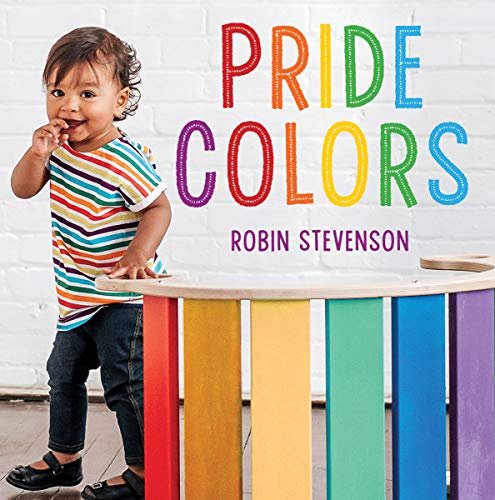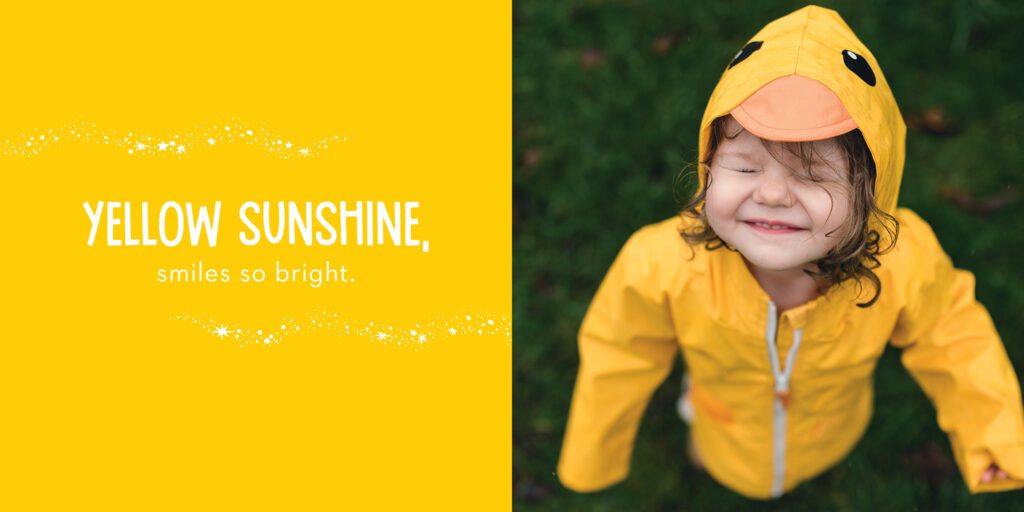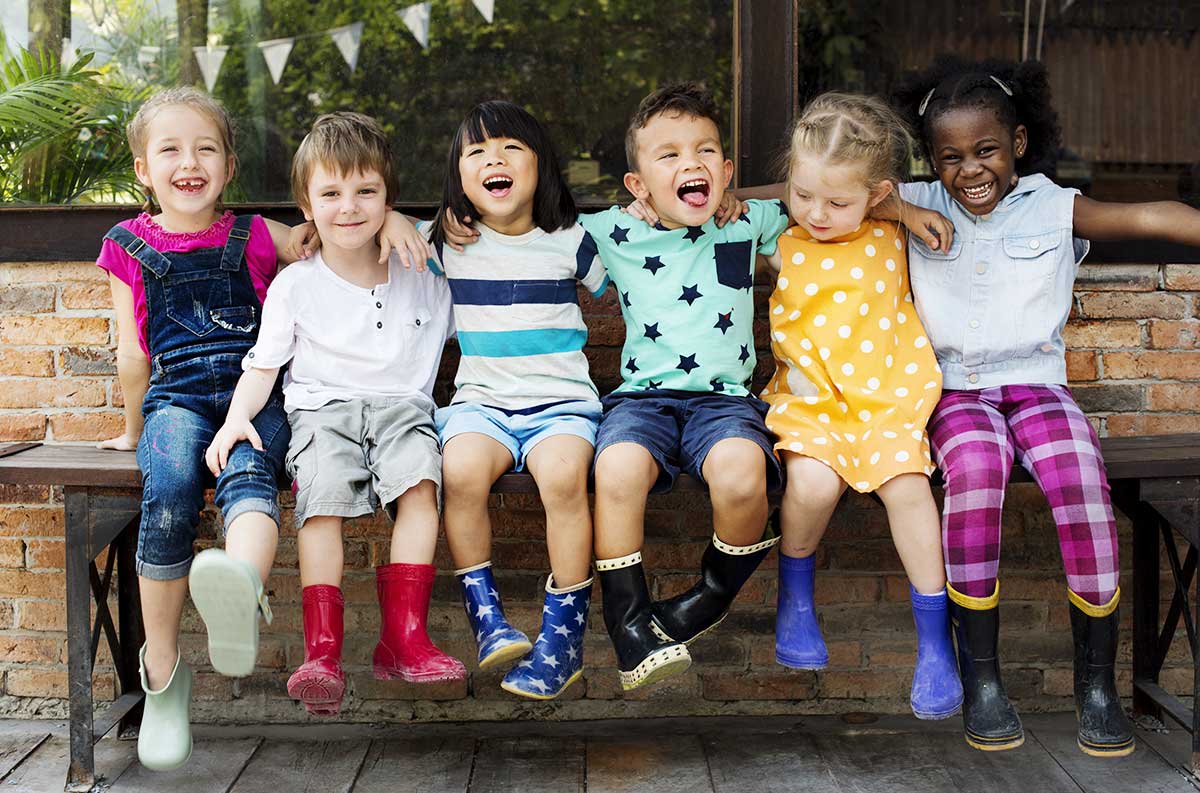
Inclusive Children's Book Teaching Guide
Pride Colors
What is this book about?
Through gentle rhymes and colorful photographs of adorable children and loving families, Pride Colors celebrates the deep unconditional love of a parent or caregiver for a young child.
The messages are simple: Be yourself, love who you choose, you are perfect just as you are, and you will always be loved.
The book concludes with an explanation of the meaning behind each color in the Pride flag.
Who is depicted in this book?
- LGBTQ+ parents/caregivers experiencing joy and love with children
- Children or adults who transcend gender stereotypes
What early childhood themes and concepts does this book explore?
- Colors and how they convey feelings
- Family members and our names for them
- Clothing items and types
- How parents/caregivers show affection and closeness (hugs, kisses, snuggles)
- Note that this book uses the traditional Pride flag colors
How does this book support anti-bias education?
The book is written as a conversation between the reader and a child. Reading it aloud can become a conversation in which adults convey unconditional love to children (regardless of their identities) from LGBTQ+ led families.
Along with other texts, this book can be used to represent and affirm diverse families to all children and to highlight the characteristics that all families share. Teachers can encourage children to build and show awareness and acceptance of different kinds of families beyond their own and appreciate that different kinds of families love and care for their children.
Most of the images in this book feature children (and some adults) in natural outdoor settings and in bright light. Teachers can point out the colors of the Pride flag in these images and explore their symbolic meaning with the children.
Depending on how the book is shared or used—and the developmental level of the children—the images and text may be used to support the following core goal from the book, Anti-Bias Education for Young Children and Ourselves:
Diversity—Teachers will promote each child’s comfortable, empathetic interactions with people from diverse backgrounds so that children will express comfort and joy with human diversity, use accurate language for human differences, and form deep, caring connections across all dimensions of human diversity.
How can this book be used to meet early childhood learning standards?
For all ages
Use Pride Colors to meet early childhood literacy standards >
For children from birth to age three
Teaching suggestion: Point out colors and familiar objects, as well as the characters depicted in the book and their actions. Model different words for parents and identify different types of families.
What Illinois Early Learning Guideline does this meet for children from birth to age three?
Developmental DomainCognitive Development
Standard: Concept DevelopmentChildren demonstrate the ability to connect pieces of information in understanding objects, ideas and relationships.
Indicators for children:
- Begins to identify and name objects and people (16–24 months)
- Begins to identify characteristics of the object, such as “red ball” (16–24 months)
- Identifies characteristics of objects and people when named, such as colors (21–36 months)
For preschoolers (ages three to five)
Teaching suggestion: Encourage the children to notice and discuss the similarities and differences between different types of families and their members.
What Illinois Early Learning and Development Standards does this meet for preschoolers?
Social Studies Standard18BDevelop an awareness of self within the context of family.
Benchmark 18.B.ECa:
Understand that each of us belongs to a family and recognize that families vary.
Teaching suggestion: Encourage the children to notice and discuss human diversity, including skin color. Probe their assumptions about gender expression and expand their ideas of how gender “looks.”
What Illinois Early Learning and Development Standards does this meet for preschoolers?
Social Studies Standard18AExplore people, their similarities and their differences.
Benchmark 18.A.ECa:
Recognize similarities and differences in people.
Teaching suggestion: Compare this book with another book that features families and/or the colors of the Rainbow flag, such as Rainbow: A First Book of Pride by Michael Genhart.
What Illinois Early Learning and Development Standards does this meet for preschoolers?
Language Arts Standard2DEstablish personal connections with books.
Benchmark 2.D.ECb:
With teacher assistance, compare and contrast two stories relating to the same topic.
See inside this book.

What other resources are available?
Visit the author's website.
Find a Pride Colors read-aloud and a Q&A with the author on YouTube.
Learn more about Pride flags and how to use them as a teaching tool here.
